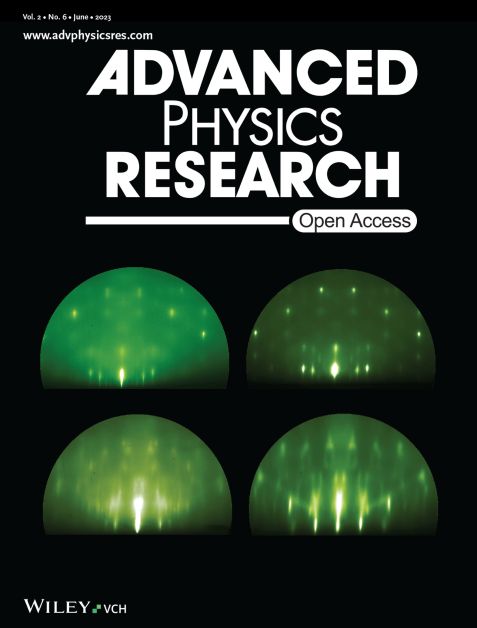MLZ is a cooperation between:
 > Technische Universität München
> Technische Universität München > Helmholtz-Zentrum Hereon
> Helmholtz-Zentrum Hereon
 > Forschungszentrum Jülich
> Forschungszentrum Jülich
MLZ is a member of:
 > LENS
> LENS > ERF-AISBL
> ERF-AISBL
MLZ on social media:

MLZ (eng)
Lichtenbergstr.1
85748 Garching
27.09.2023
Tuned crystals
For the first time, researchers at the MLZ have provided a comprehensive overview of the production of superconducting niobium films. Using electron diffraction, they investigated the influence of temperature on production.

Laura Guasco, here at the X-ray reflectometer N-REX, measures the electrical resistance of the niobium films grown on the MBE facility. © Jan Greune, MCQST
Niobium films are superconducting crystal structures. They are used, for example, in particle accelerators. In order to conduct electricity without resistance, they must have high crystal quality and the right crystal orientation. However, two orientations can occur with niobium. Depending on the application, one or the other orientation is more appropriate. Researchers are divided on how to grow each desired crystal orientation.
Two important growth parameters
“At the MLZ, we used our molecular beam epitaxy (MBE) system to systematically investigate how the growth temperature and growth rate affect the crystal formation of the niobium films,” says Dr. Sabine Pütter from the Forschungszentrum Jülich. The growth rate indicates how quickly a niobium film forms. The warmer it is and the faster the niobium films grow, the more one orientation forms, while at lower temperatures and slower growth, the other occurs.

The publication made it to the cover page of the journal „Advanced Physics Research“. Copyright: Advanced Physics Research. © Tuning Epitaxial Growth of Nb on MgO(100) (Adv. Phys. Res. 6/2023)
Results on the front page
The work of Dr. Sabine Pütter and Dr. Liz Montañez Huaman from Forschungszentrum Jülich as well as Laura Guasco, Dr. Yuri Khaydukov und Dr. Thomas Keller from the Max Planck Institute for Solid State Research in Stuttgart, made it onto the front page of the science journal Advanced Physics Research. For the first time, they gave a systematic and complete overview of how the two parameters affect the surface structure of the films. “We can, so to speak, tune the crystal layers so that they have the desired properties,” says Sabine Pütter.
In their own research, the team uses the MBE system to produce the niobium films and then examines them directly using electron diffraction. The precisely fitting crystal structures are also used in the team’s own research. Laura Guasco, for example, uses neutron scattering to investigate the influence of hydrogen on the material properties of thin niobium layers.
Original publication:
L. Guasco., L. Montañez Huaman, Y.N. Khaydukov, T. Keller, S. Pütter
Tuning Epitaxial Growth of Nb on MgO(100)
Adv. Phys. Res., 2, 2370011 (2023).
https://doi.org/10.1002/apxr.202370011
Contact:
Dr. Sabine Pütter
Telephone: +49 (0)89 158860-742
Email: s.puetter@fz-juelich.de
MLZ is a cooperation between:
 > Technische Universität München
> Technische Universität München > Helmholtz-Zentrum Hereon
> Helmholtz-Zentrum Hereon
 > Forschungszentrum Jülich
> Forschungszentrum Jülich
MLZ is a member of:
 > LENS
> LENS > ERF-AISBL
> ERF-AISBL
MLZ on social media:


